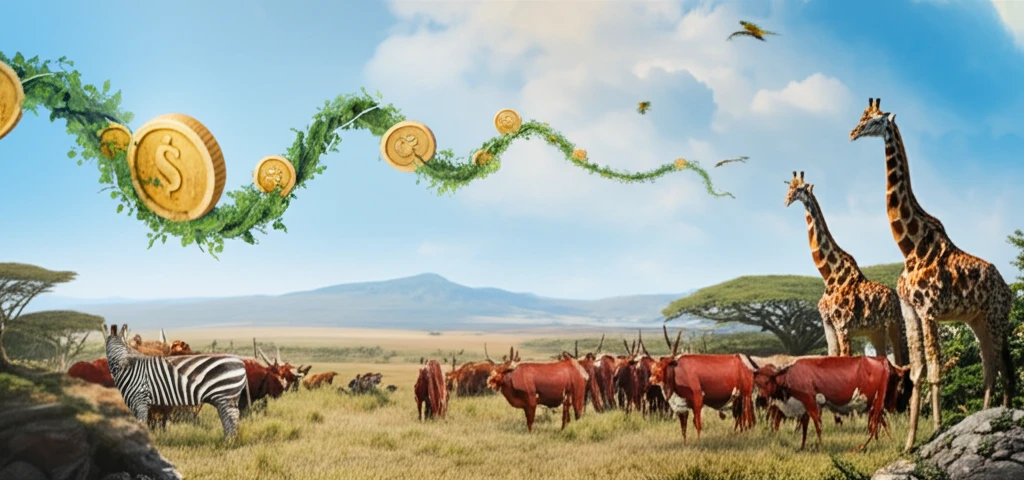![]()
Can Wildlife Leases Save Kenya's Iconic Ecosystems? A New Path for Conservation
"Exploring innovative solutions that protect wildlife and empower local communities in Kenya's vital Athi-Kaputiei Plains."
For decades, conservation efforts have focused on national parks and reserves. But what happens when wildlife roam beyond those borders, onto community lands? In Kenya, the Maasai community has historically shared their land with wildlife, but increasing pressures have led to human-wildlife conflict and declining wildlife populations. A new approach is needed - one that recognizes the value of community lands and incentivizes conservation.
Enter wildlife conservation leases. These innovative programs compensate landowners for maintaining their land in a way that benefits wildlife, creating a win-win scenario for both people and nature. One of the most successful examples is the Kitengela - Nairobi National Park Wildlife Conservation Lease Program, which provides a model for how communities and conservation can thrive together.
This program, initiated in 2000, aims to ensure wildlife can freely move between Nairobi National Park and the Kitengela-Athi-Kaputiei Plains (AKP). By offering financial incentives to Maasai landowners who keep their land open for wildlife, the program helps maintain critical dispersal areas and migration corridors, safeguarding the long-term ecological health of the entire ecosystem.
How Wildlife Leases Work: A Symbiotic Approach to Conservation

The Kitengela program operates on a simple but effective principle: Maasai landowners receive payments for allowing wildlife to roam freely on their land. In return, they agree to manage their land for the benefit of wildlife and sustainable livestock grazing, refrain from fencing or cultivating the land, and protect indigenous plants and trees. This approach addresses a critical gap in traditional conservation models, which often fail to provide direct economic benefits to local communities.
- Land must be adjacent to Nairobi National Park.
- Landowners must be willing participants.
- Land must be unfenced and part of an open rangeland.
- Land must connect to other enrolled land parcels.
- Landowners must provide proof of land ownership.
Looking Ahead: Challenges and Opportunities for Wildlife Leases
Wildlife conservation leases offer a promising model for balancing the needs of people and wildlife in Kenya and beyond. By providing economic incentives and fostering community engagement, these programs can help protect critical ecosystems and ensure a sustainable future for both people and wildlife. As land use pressures continue to mount, innovative approaches like wildlife leases will be essential for conserving our planet's biodiversity and building a more equitable future for all.
